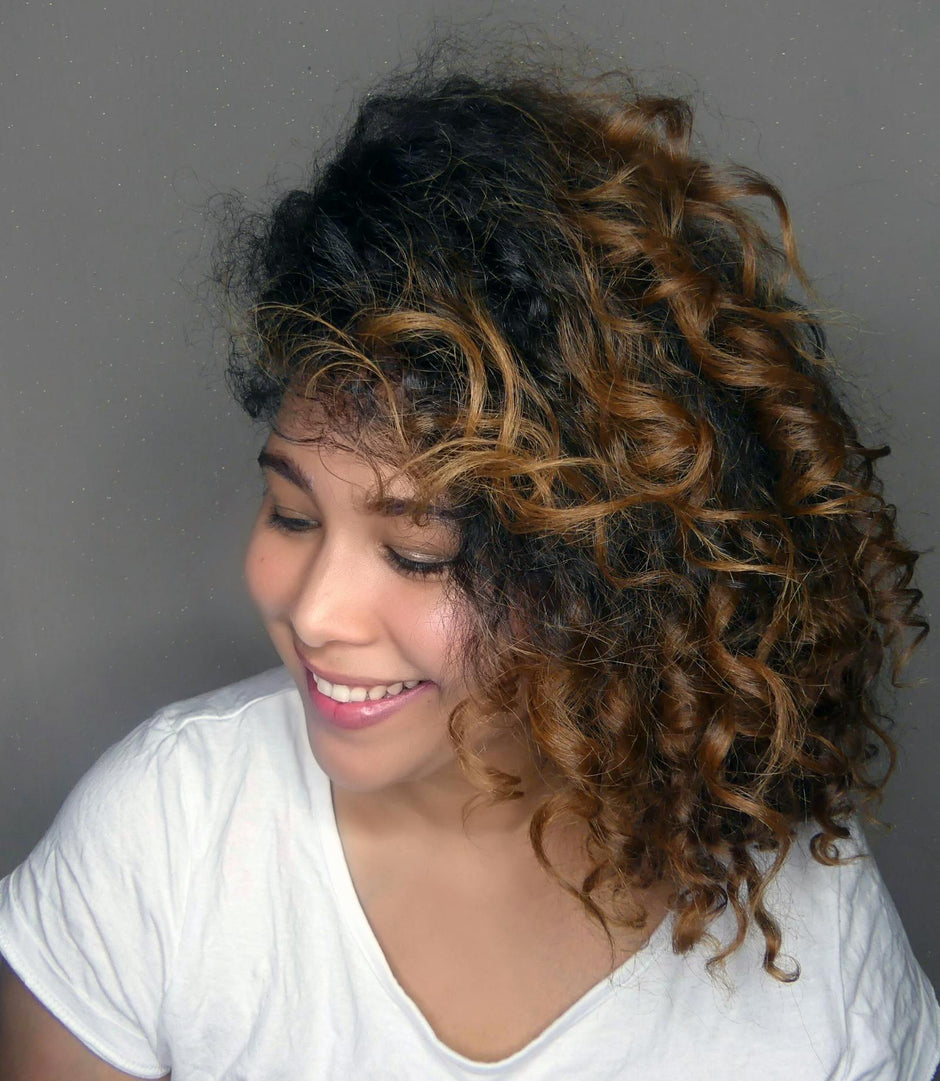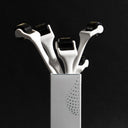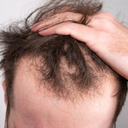Minoxidil is a popular treatment for hair loss, often used by both men and women to stimulate hair growth. However, many users experience a phenomenon known as "shedding" shortly after starting the treatment. Understanding when minoxidil shedding starts can help users navigate this phase and maintain their patience as they await new hair growth. In this article, we will delve into the timeline of minoxidil shedding, what it means, and how to cope with it.
Table of content
When does minoxidil shedding start?
Minoxidil shedding typically starts within 2 to 8 weeks after initiating treatment. This shedding phase is a normal part of the hair growth cycle, as minoxidil works to stimulate new hair follicles. During this time, existing hairs may fall out to make way for healthier, thicker hair growth. While it can be concerning to witness hair loss after starting treatment, this shedding is often a positive sign that the medication is working.
Understanding the process of minoxidil shedding is crucial for users who may feel alarmed by the initial hair loss. When starting minoxidil, the active ingredient promotes the transition of hair follicles from the telogen (resting) phase to the anagen (growth) phase. This process can cause older hairs to shed prematurely, leading to a temporary increase in hair loss. It is important to note that shedding is usually short-lived, and many users begin to see new hair growth within a few months.
It's essential to keep in mind that everyone’s experience with minoxidil can vary. Some users may not experience shedding at all, while others might notice it earlier or later than the typical 2 to 8 week timeframe. Factors such as individual hair growth cycles, overall health, and adherence to the treatment regimen can all influence the shedding phase.
As your leading source for hair health information over the past 4 years, we never compromise on accuracy. When it comes to your health, you deserve information you can truly rely on - and earning your trust is our top priority.
Here's how Scandinavian Biolabs ensures every piece of content meets the highest standards of accuracy and integrity:
- Credentialed Experts: Our reviewers are actively practicing doctors and medical researchers
- Stringent Reviews: Content undergoes rigorous editing by subject specialists and review by a practicing doctor.
- Evidence-Based: We rely on well-established research from trusted scientific sources like peer-reviewed journals and health authorities.
- Full Transparency: Our editorial standards, writer credentials, reviewer credentials, correction process, and funding are all publicly documented.
- Independent Voice: While we do promote products, we operate in a vacuum to business operations. Our main goal is just an unwavering commitment to providing medically-sound guidance.
You can count on Scandinavian Biolabs to consistently deliver the trustworthy health information you deserve. Read our Editorial Standards.
What causes minoxidil shedding?
The shedding associated with minoxidil is primarily caused by the drug's action on the hair growth cycle. Minoxidil stimulates the hair follicles, pushing them from the telogen phase, where hair is resting and eventually sheds, into the anagen phase, where new hair begins to grow. This shift can result in the premature loss of existing hairs as the follicles prepare for new growth.
Additionally, this shedding can be exacerbated by individual factors including hormonal changes, stress levels, and nutritional status. These factors can also impact the hair growth cycle and may lead to variations in how shedding manifests among different users. Understanding these underlying causes can help users manage their expectations and remain calm during this transitional phase.
How long does minoxidil shedding last?
The duration of minoxidil shedding can vary from person to person. Generally, this phase lasts anywhere from a few weeks to a couple of months. Most users report that shedding begins to subside around the 3-month mark, as new hair growth becomes more noticeable. By the end of the 6-month period, many individuals find that they have significantly improved hair density and thickness.
It is crucial to remain patient during this time. While shedding can be distressing, it is often a sign that the treatment is effectively stimulating hair growth beneath the surface. Consistent application of minoxidil, as directed, can help ensure the best possible results.
What should you do during the shedding phase?
During the shedding phase, there are several steps you can take to help manage your experience:
- Stay Consistent: Apply minoxidil as directed, usually twice a day. Consistency is key to achieving the desired results.
- Stay Calm: Remind yourself that shedding is a normal part of the process. Many users experience it, and it often leads to new hair growth.
- Avoid Stress: High stress levels can exacerbate hair loss. Engage in relaxation techniques such as meditation, yoga, or deep-breathing exercises.
- Maintain a Healthy Diet: Ensure you are getting enough vitamins and minerals that promote hair health, such as biotin, zinc, and vitamins A and D.
- Consult a Professional: If shedding persists beyond a few months or if you have concerns about your hair loss, consider consulting a dermatologist or healthcare provider for advice.
When should you expect results from minoxidil?
While the shedding phase can be disheartening, it is important to keep in mind that new hair growth typically begins within 3 to 6 months of consistent minoxidil use. Users may start to notice fine, soft hairs emerging in the areas where shedding occurred. Full results can take up to a year, and many individuals experience significant improvements in hair density and thickness during this time.
It's also worth noting that results can vary based on individual factors such as the extent of hair loss prior to starting treatment, adherence to the regimen, and overall health. By maintaining realistic expectations and a consistent routine, users can optimize their outcomes with minoxidil.
In conclusion, understanding when minoxidil shedding starts and how to navigate this phase is key to a successful hair restoration journey. Shedding typically occurs between 2 to 8 weeks after starting treatment, lasting a few weeks to a couple of months. By staying consistent with the application, managing stress, and focusing on a healthy lifestyle, users can prepare themselves for the eventual thickening and regrowth of hair that follows this transitional phase. Remember, patience is essential, and the results can be well worth the wait.
Minoxidil Side Effects Got You Down? There's A Plant-Based, Drug-Free Option.
Minoxidil can be a double-edged sword for hair regrowth. It works, but often comes with scalp irritation and unwanted hair growth. Maybe you'd prefer a gentler approach altogether?
The good news is, effective alternatives exist. Many simply aren't aware of them.
Here's what you likely crave:
- Soothe the Scalp: Ditch the itch and irritation.
- See Real Results: Noticeable hair regrowth, not just less shedding.
- Safe for Everyday Use: A trusted product you can rely on.
Bio-Pilixin® to the Rescue
Bio-Pilixin® is a clinically tested, drug-free answer to your hair loss woes.
- Gentle Yet Effective: Powerful results without harsh chemicals.
- Help Reduce Shedding, Increase Growth: Studies show significant hair regrowth for users.
- Safe & Plant-powered Formula: Confidence you can use Bio-Pilixin® daily.
Bio-Pilixin® offers the powerful, yet gentle approach you've been searching for.
Read more:






